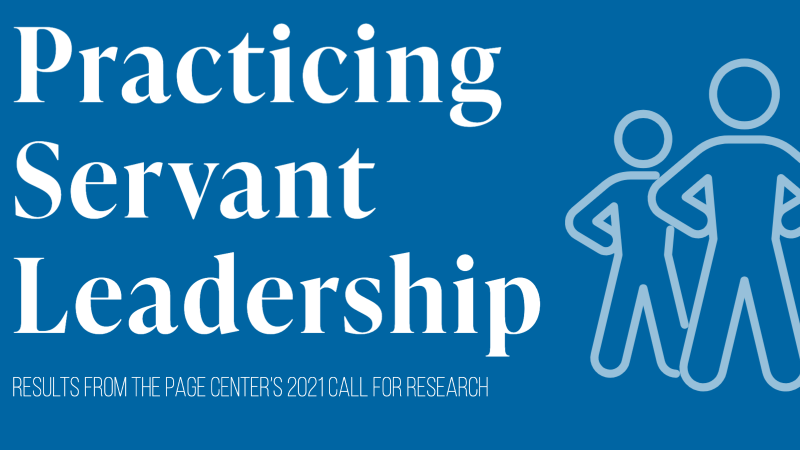How servant leadership and caring are practiced in public relations
April 10, 2023

By Marlene S. Neill, Baylor University and Juan Meng, University of Georgia
What does it mean to practice servant leadership and to genuinely care about employees? We examined these very issues through in-depth interviews with 32 public relations leaders, which were conducted during the COVID-19 pandemic. The study is published in Public Relations Inquiry and is titled “Examining the Characteristics and Virtues Associated with Servant Leadership in Public Relations.”
We applied the moral philosophy of ethics of care to our analysis. As we are all aware, caring requires time, resources, knowledge and skills, which are limited, so we are forced to make choices. Fisher and Tronto (1990) identified four steps associated with caring including:
► Caring about (i.e., recognizing needs)
► Taking care of (i.e., assuming responsibility for caring)
► Caregiving (i.e., hands-on work)
► Care-receiving (e.g., response by the one receiving care)
Based on this framework (See figure below), caring begins with listening so that leaders are aware of employees’ needs. They then must assess the availability of resources to meet those needs. One example of demonstrating care to an employee involved a leader demonstrating kindness to one of her employees during a difficult personal circumstance:
This example illustrates caring about by recognizing the employee’s needs during this difficult time, and taking care of by assuming responsibility for meeting that need, and actual caregiving by assisting him with moving expenses. Other examples of caring they shared included sending employees a card, note or gift card to express appreciation, attending funerals of employee family members, celebrating employee achievements, and even personal touches like sending a custom-made quilt to an employee who had lost a loved one and sending dinner to an employee whose son was in the hospital. Another example of caring involved helping an employee leave the company. As the public relations leader described:
This example illustrates that sometimes caring may involve helping someone exit the organization when it is not a good fit. It is important to remember that caring requires time, resources, knowledge and skills, which are limited so tough choices must be made.
Figure 1: Ethics of Care Process (Neill & Meng, 2023)

Based on our findings, we developed the following questions for leaders to consider in order to practice servant leadership and caring:
► How can I approach this issue from a perspective of kindness?
► How is this decision consistent with my personal values and character?
► How can I demonstrate to my employees that I care?
► How can I help my employees to grow and develop personally and professionally?
This research was funded by a 2021 Page/Johnson Legacy Scholar Grant from a call for proposals on ethics of care.

